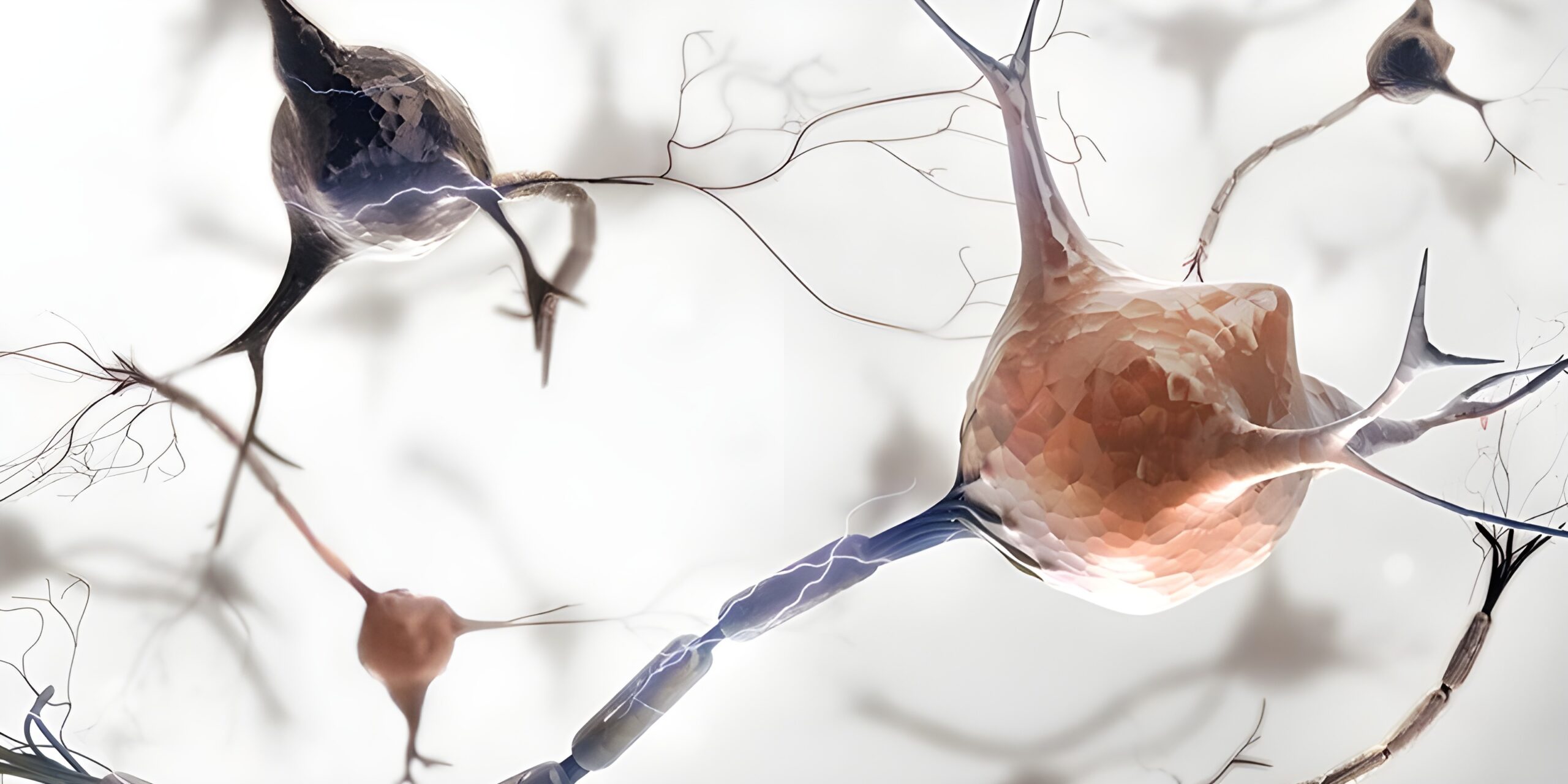The diagnostic phase following a practice application is best explained by a search for understanding. Patients register in our practice. It is completely unreasonable, which suffering it could be. Although we are visited frequently, the range of possible glitches is completely open at the beginning. Based on our assumptions and experiences, which are evoked by a bio-psycho-social model, a standard protocol of the diagnostic process is usually defined, which includes a detailed interview with the respective patient or in children with their parents, a questionnaire survey, a psychological examination and neuropsychological examination by means of electroencephalogram (EEG) or evoked potentials (ERP). The fifth hour is a diagnostic interview in which the various aspects of the data collected are discussed with their patients and their relatives. Our procedure corresponds with the exception of the collection of brain functions (eg Weitbrecht, 1968).
About 20 years ago, we realized that the standard diagnostic elements had to be accompanied by another element, namely the detection of brain functions. Like, for example. If cardiologists are able to make specific statements about the heart and its functioning, specialists in our discipline would have to be able to make specific statements about the most important organ, the brain.
We consider the brain functions as an additional piece of the mosaic. In the measurement of brain functions, a patient must solve a continuous attention task for 22 minutes during which the subject’s brain is provoked with sounds and images to produce neurophysiological responses. These reactions are measured and compared to standard data. Deviations are analyzed and interpreted as meaningful and possible.
The starting position in conventional psychiatric diagnostics is characterized by a two-sided subjectivity: On the one hand, there is the patient, who has often dealt with his suffering for a long time and is accordingly fixated on this lies his subjective history of suffering, which he faints means without meaningful strategy, faces. On the other hand, the specialists have their own experiences and their own life history as well as a more or less differentiated knowledge about the patient’s suffering. However, in conventional diagnostics the specialist is almost completely delivered to the statements of the patient. Objective measurements, as revealed by the neuropsychological examinations, are used in psychiatric diagnostics at best in children and adolescents. It is also undoubtedly true that neuropsychological examinations give little to nothing in many mental disorders. If necessary, projective tests are used. Questionnaire data ultimately only reflect the history of the patient’s complaint.
It is undisputed that the medical, trusting therapy relationship between specialist and patient is of particular importance against the background of medical secrecy (see Hoff, 2016: On Secrets of Psychiatry.) In: Sollberger, D. et al (ed.): The Secret, Berlin 2016). However, psychiatry can not claim the peculiarity of the medical relationship on its own. This relationship ultimately does not differ in any way from other physician patient relationships. In fact, it has to be postulated that relationships in many disciplines outside medicine are crucial for their success (for example, legal relations, etc). The therapeutic relationship based on the doctor’s secret is asymmetrical and often one of the reasons why developments fail. The development of psychiatry towards evidence, however, diminishes the physician patient relationship in any way. On the contrary, this is improved by the use of objectifiable methods.
Neuroscientific investigations (fMRI, EEG, ERP) as possible evidence-based investigations are rarely used today, even though there is already a wealth of knowledge about the relationships between biology, emotions, cognitions and behavior (see, for example, Kandel, ER, 2013, Principles of Neural Science, 5th edition). The statements made by the former head of the NIMH, Thomas Insel, that future mental diagnoses would be much more accurate, have contributed little to rethinking (see: Insel, Th./Cuthbert, B.:Brain disorders? Precisely. Science 348, 499 (2015): DOI: 10.1126 / science.aab2358). This probably has something to do with the fact that the practical applicability and implementation of the diverse research is not always given. The Brain and Trauma Foundation Graubünden goes exactly the opposite way: It must only be explored what can be used in practice. The impetus for the research comes from practice.
